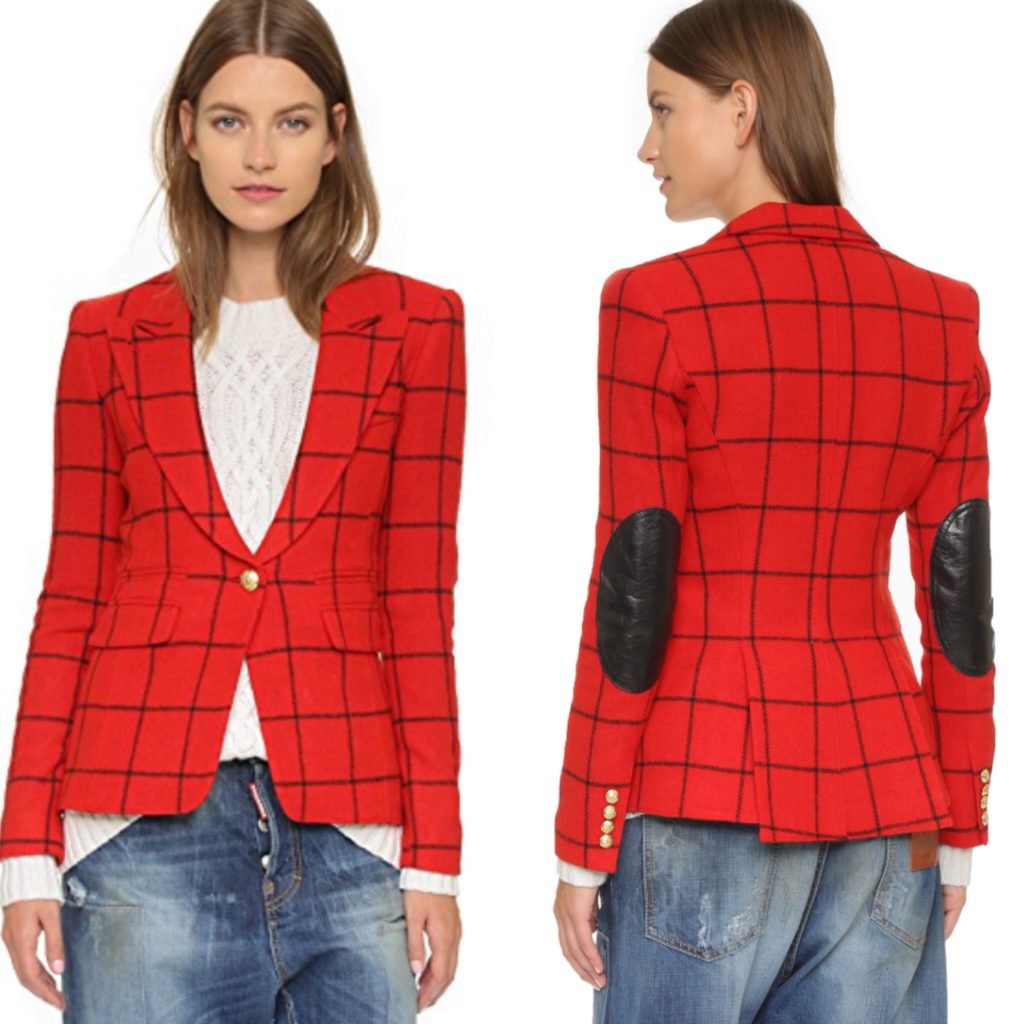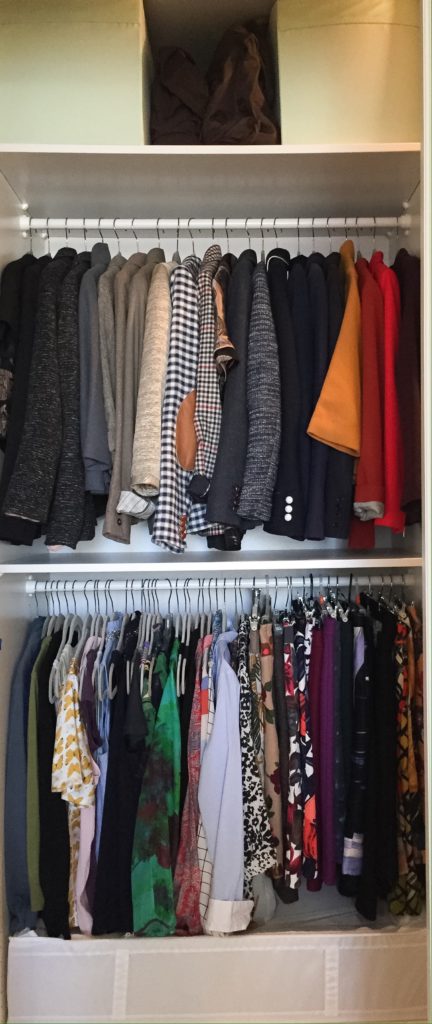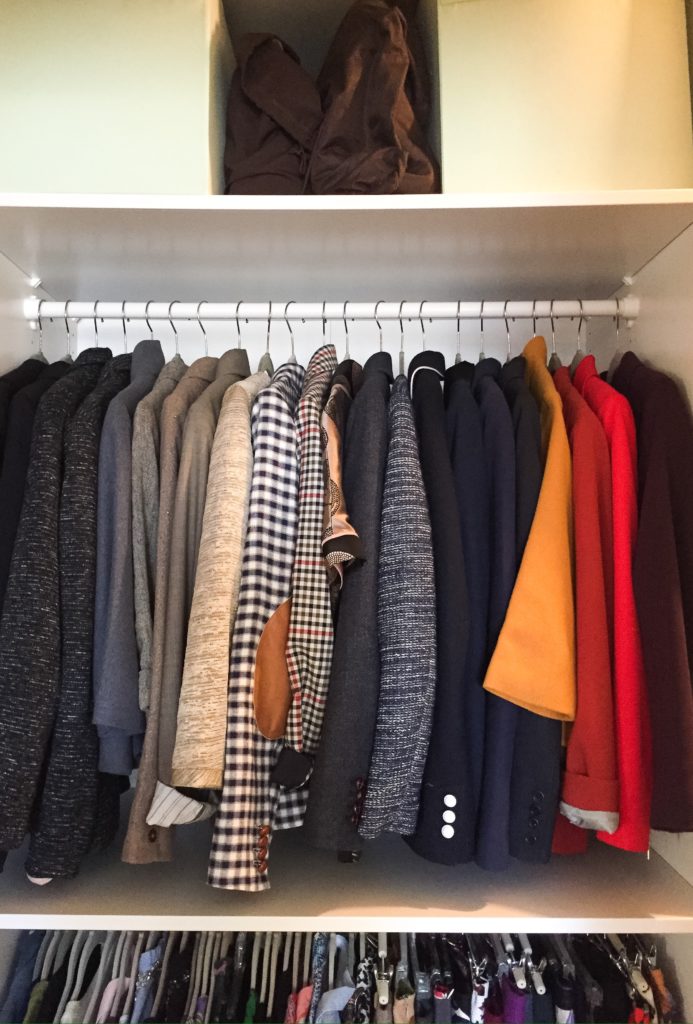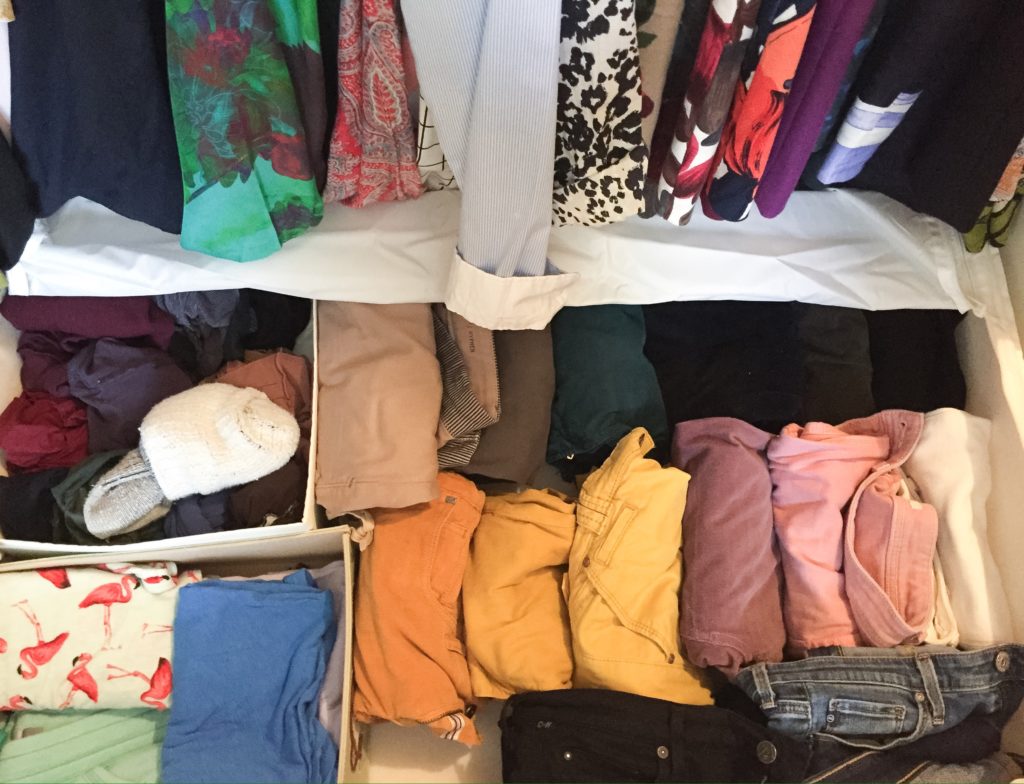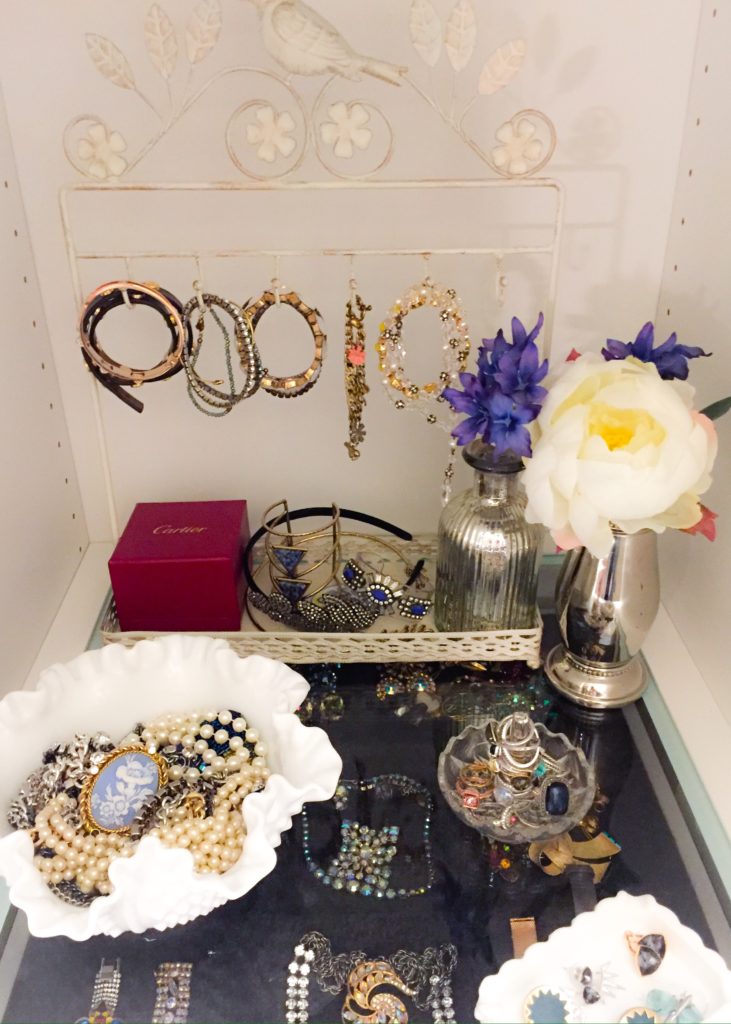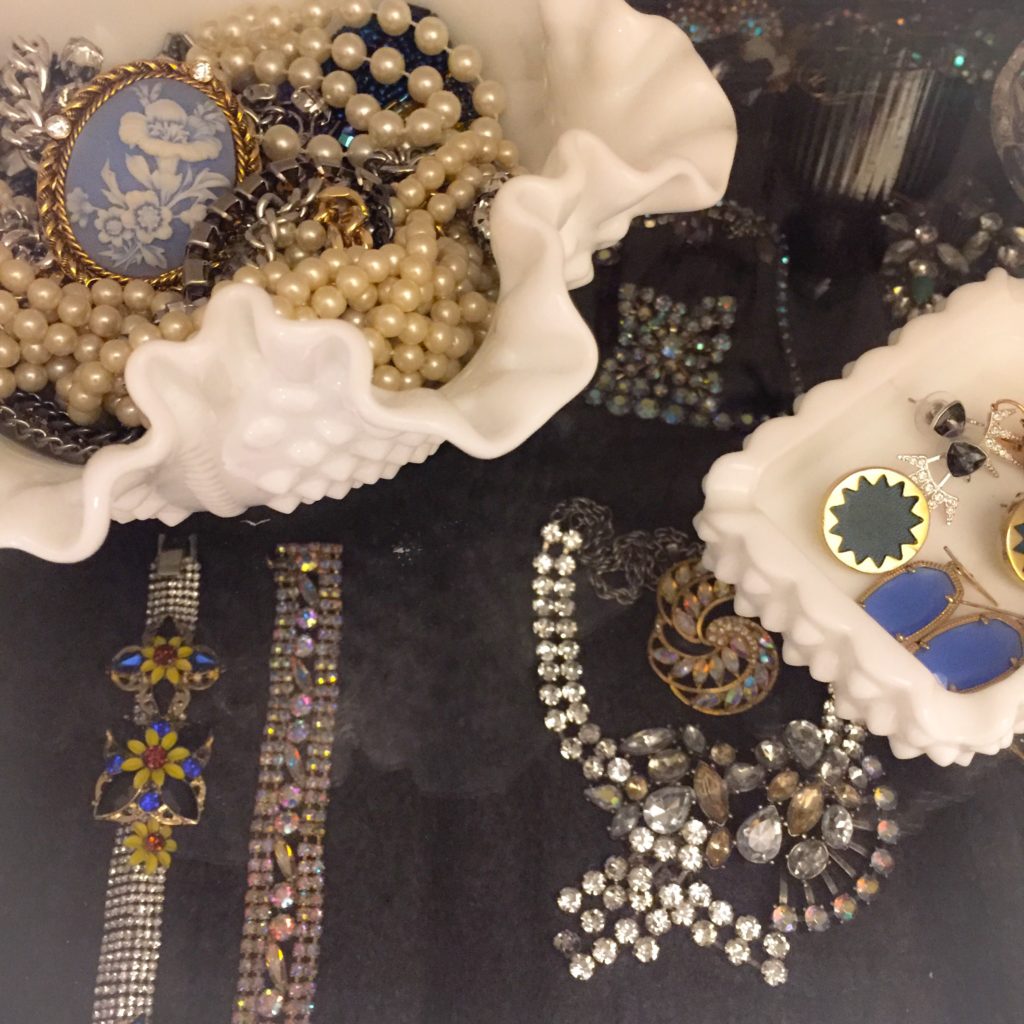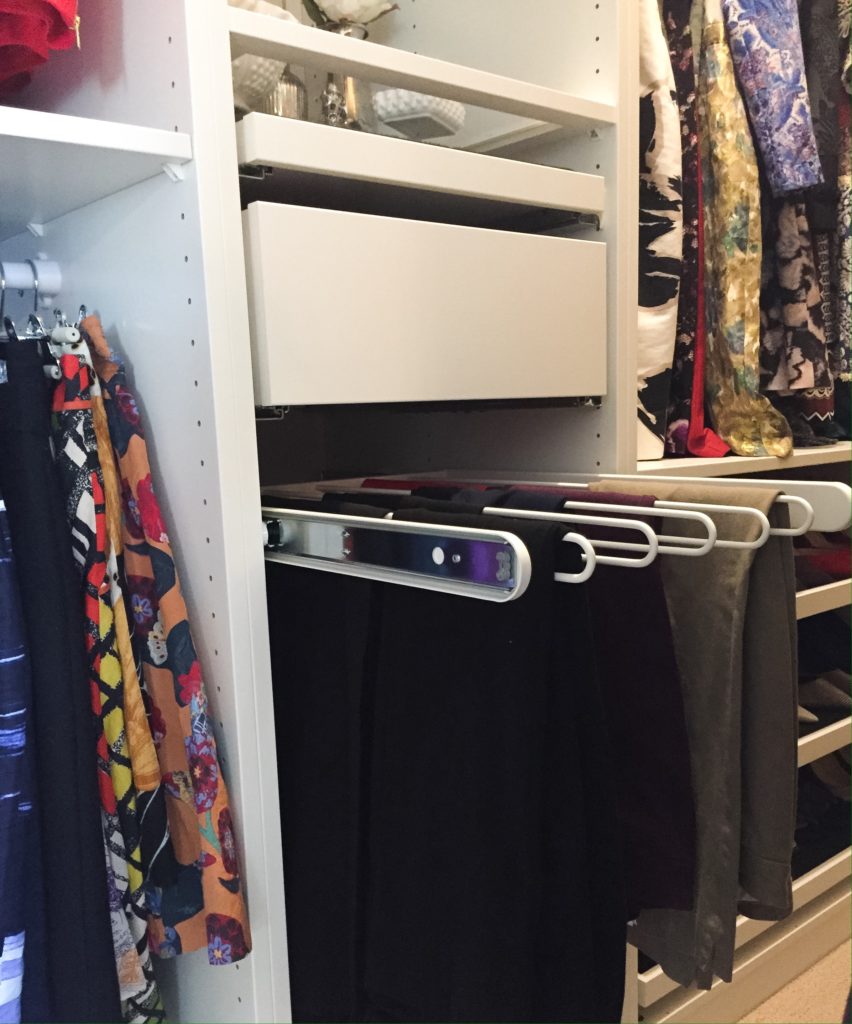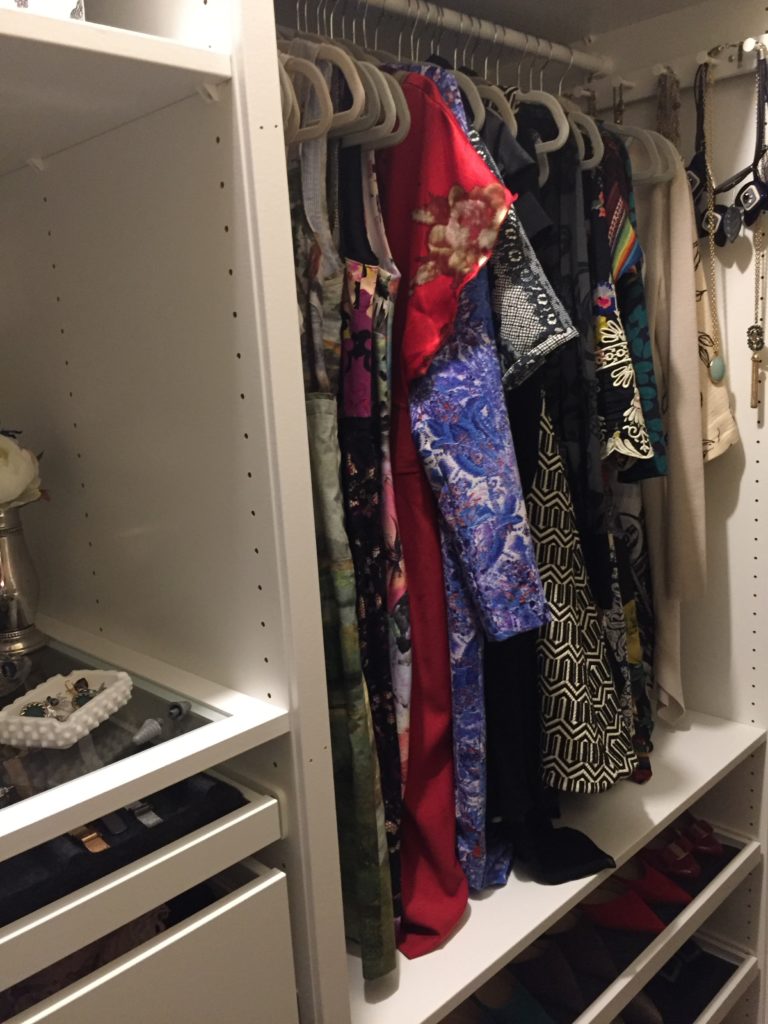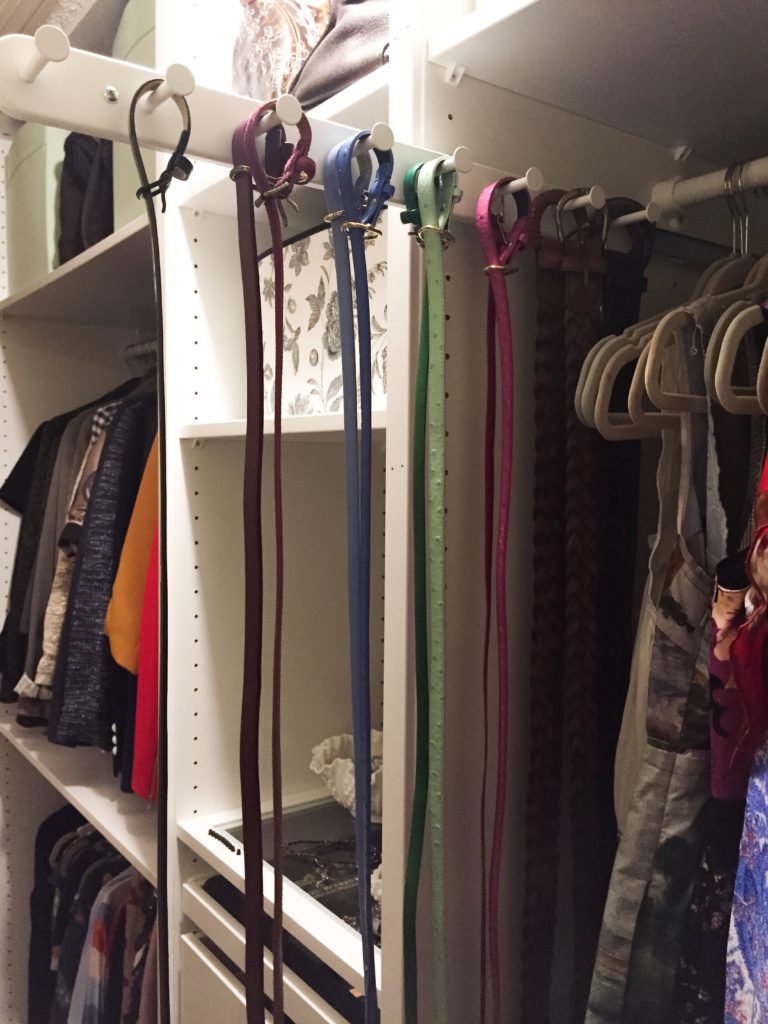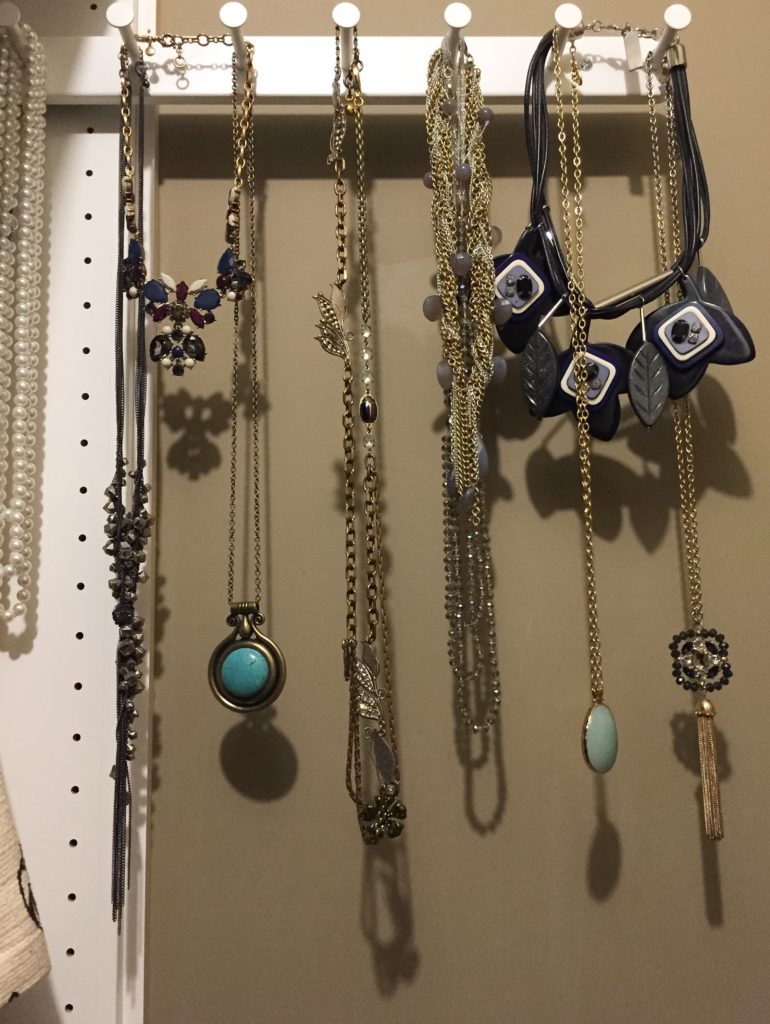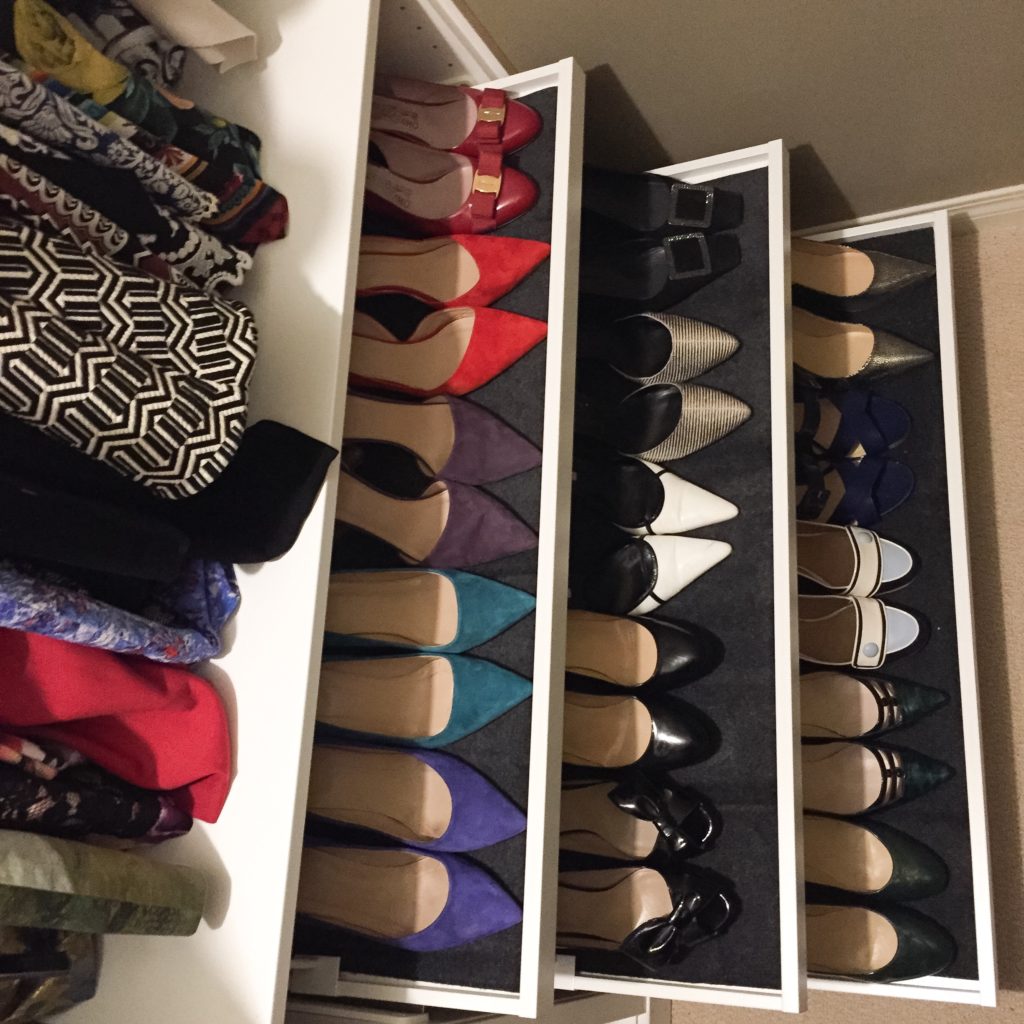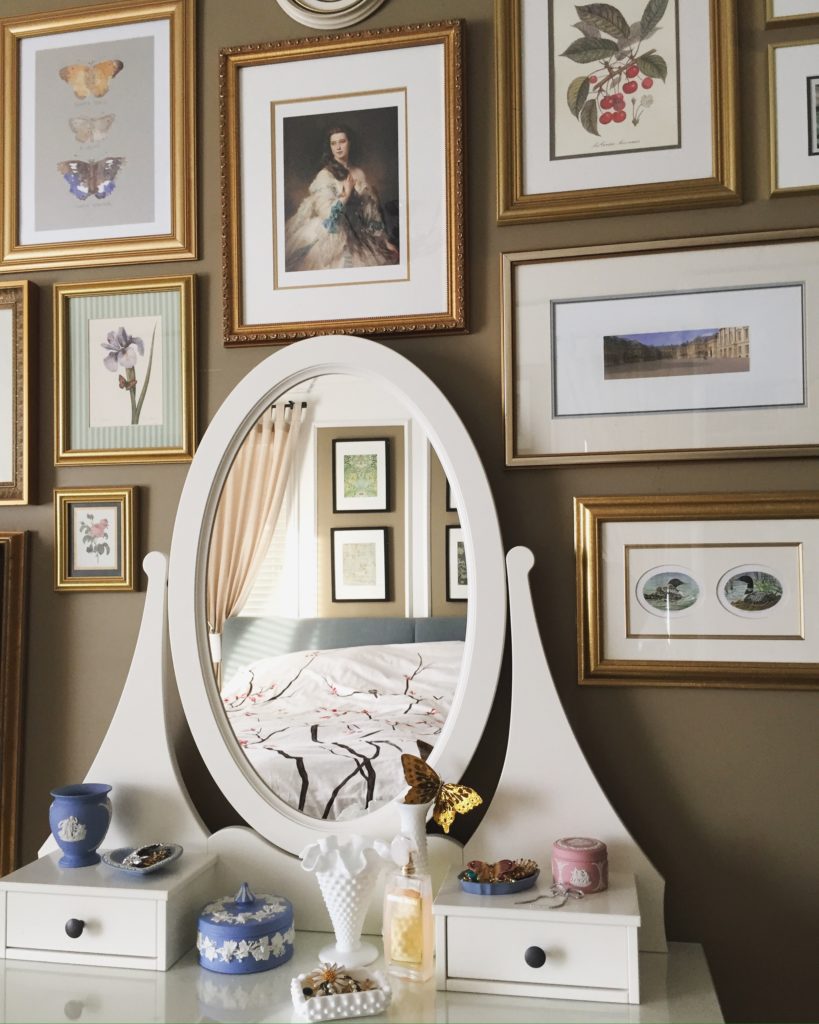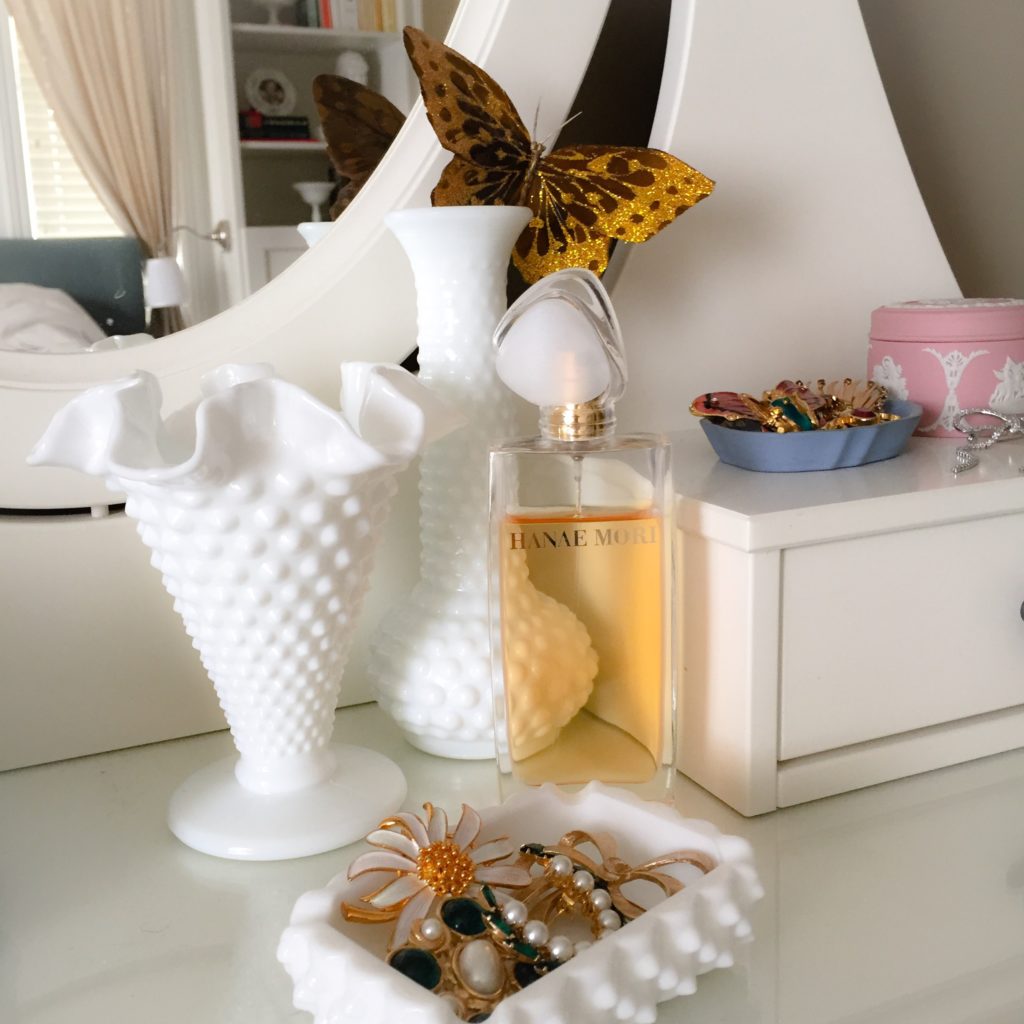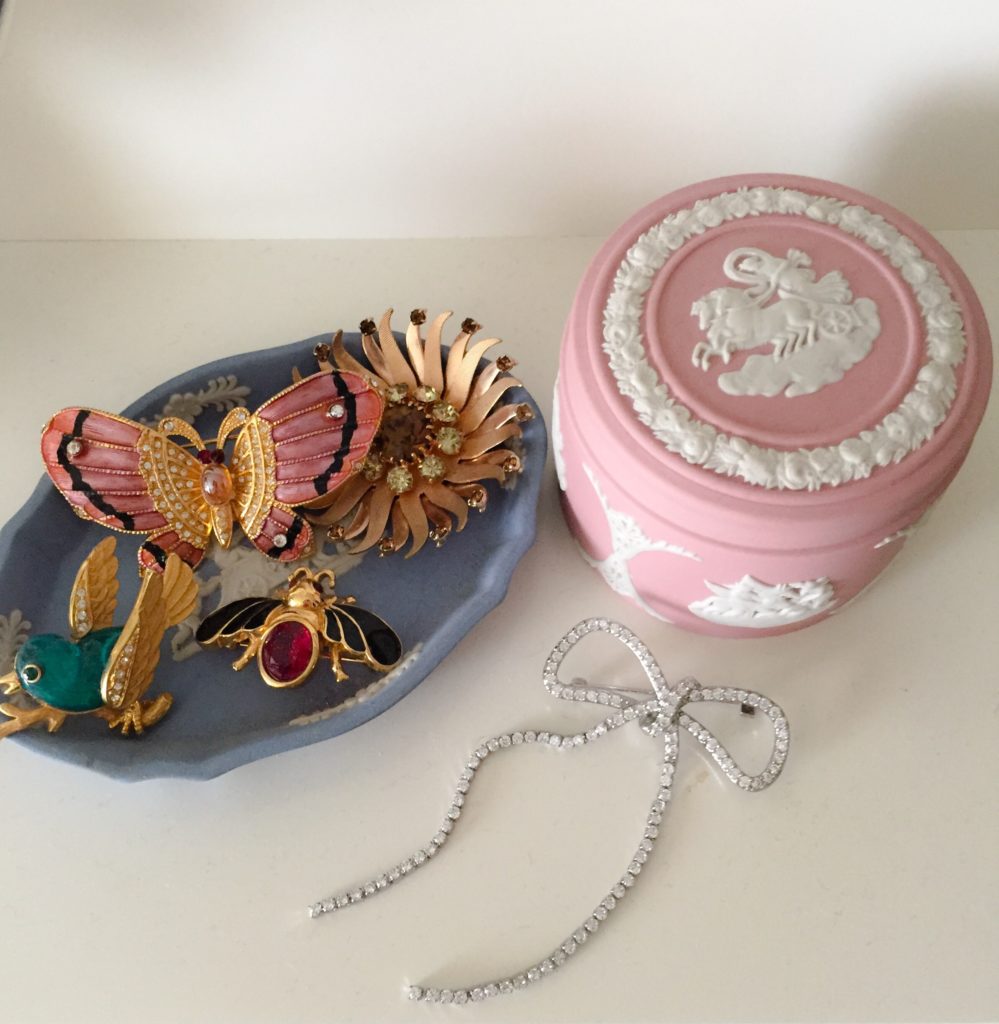Late last year, I found myself developing a penchant for quirky, non-designer bags. It started with a random Moulinette Soeurs tote I spotted (and impulse bought) on eBay one day…
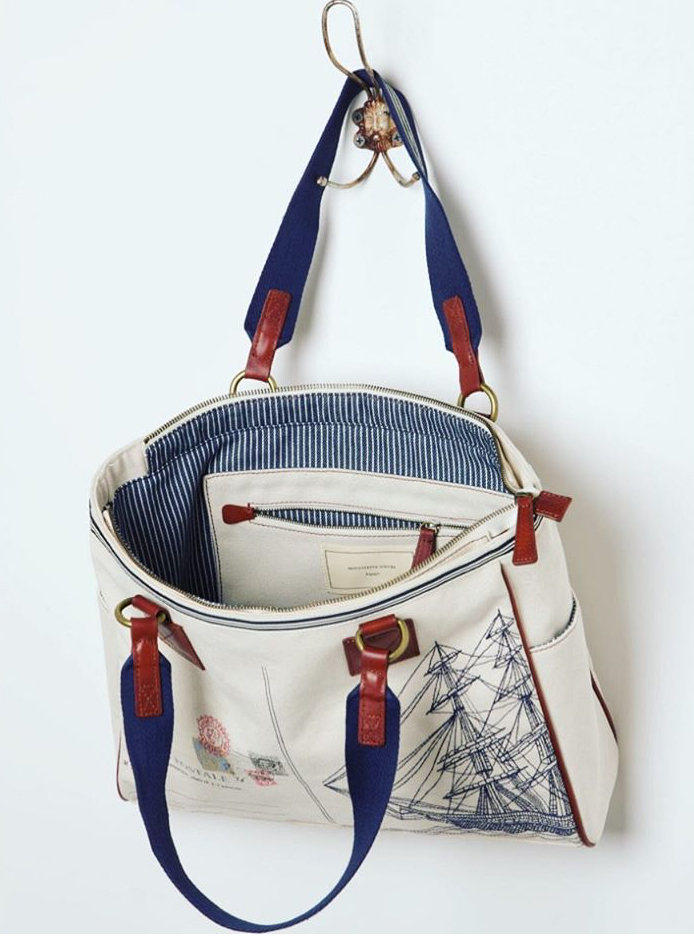
… and turned into an incipient trend when I thrifted this Orla Kiely cross-body:
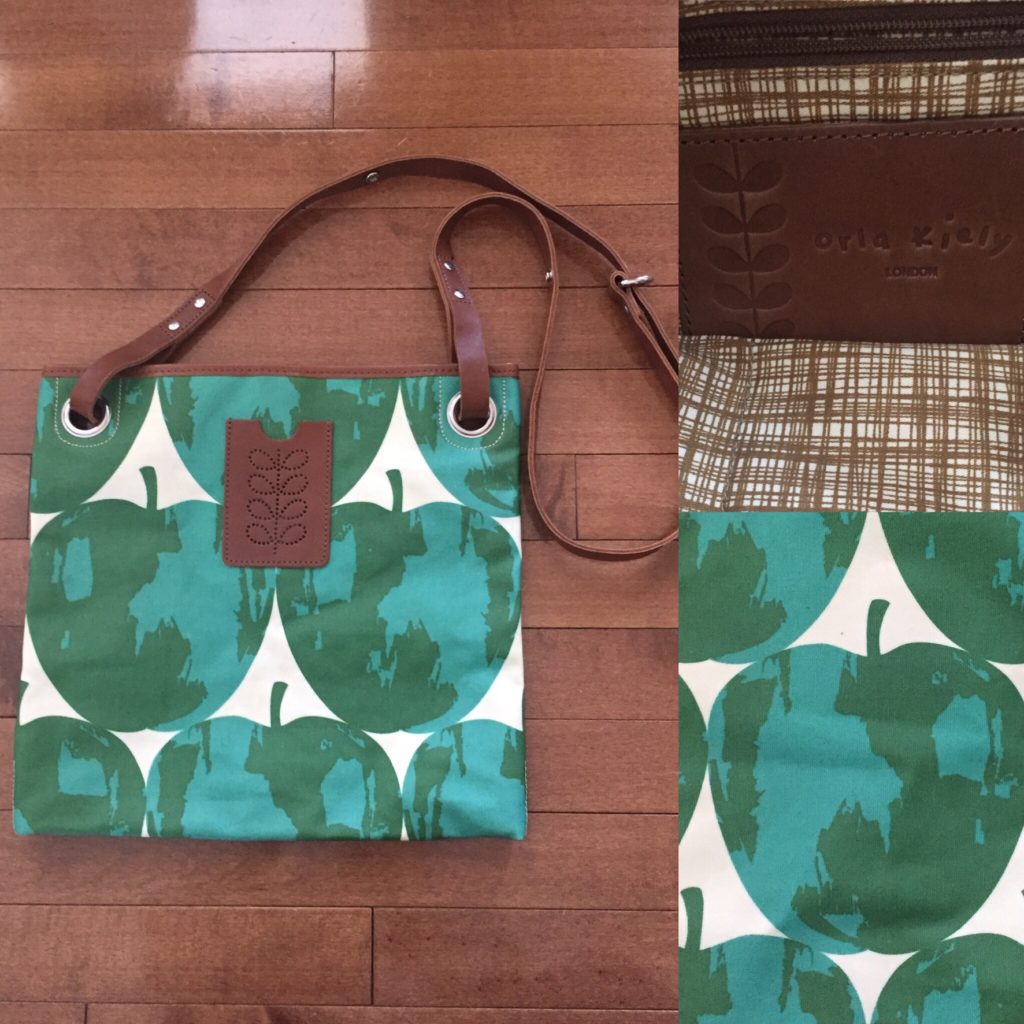
I also thrifted and gifted a Fossil Keyper tote, which I was sorely tempted to keep for myself. I am not exactly sure what is behind this new attraction, but it may have something to do with the fact that I am increasingly eschewing prints in my outfits; my love of patterns and colours is probably looking for another outlet. It helps that these bags come at a much lower price point, making them a much lower stakes commitment. I am getting a bit bored with my (much worn, much loved) designer bags, but I haven’t found a new one that sparks true “bag lust”; probably for the better, my wallet would say.
Emboldened by the success of my wool blazer-rehabbing project, I have also been keeping an eye out at thrift stores for another opportunity to expand my skills. All of which is to say – when I spotted this rather disheveled Miss Albright bag at VV, I decided it was perfect.

A quirky bag, needing a lot of TLC. Sign me up!
The bag came to about $6 after 30% off coupon; VV refused to give me a condition discount, which was annoying considering that the bag was, effectively, worthless at that point. [Note: I didn’t ask for anything in particular, and would have accepted even $1 off, merely as a gesture. VV customer services sucks.] Surely not that bad, you’re thinking? Well, the stitching on one of the handles was coming apart, the embroidery was faded, the inside and outside had seen better (cleaner) days. Oh, and did I mention the giant rip in the back?
To be honest, I wasn’t sure I would be able to rescue this bag; certainly, I knew there was no chance I could restore it to its original condition, or anything close. But I thought I could clean it up a bit, and I had an idea for fixing the rip and … well, I took a chance. Here’s what I did.
First, I gave it a bath. I learned from my Smythe blazer experiment that the leather trim would not be damaged by a little dunking, so I immersed the bag in a lukewarm bath with a bit of baby shampoo. After soaking it for about half an hour, and took an old toothbrush and gently scrubbed some of the dirtier bits of the fabric, inside and out.
I rinsed the bag in lukewarm water, then patted it with towels to dry off excess moisture and left it to dry (flat).
After it was dry, I tackled the handle first. I don’t have leather tools, but luckily I had a bigger needle that worked fine. The result wasn’t exactly artisan-level, but I managed to get the handle re-stitched enough that its “innards” aren’t spilling out anymore.

Next, I worked on the embroidery. I was actually going to leave this alone – and embrace the “vintage” feel of the bag – but then I was Googling and discovered fabric pens. I Amazon Prime-d some over (~$16, and the kids can re-use them as regular markers), and had a go at refreshing the colour.
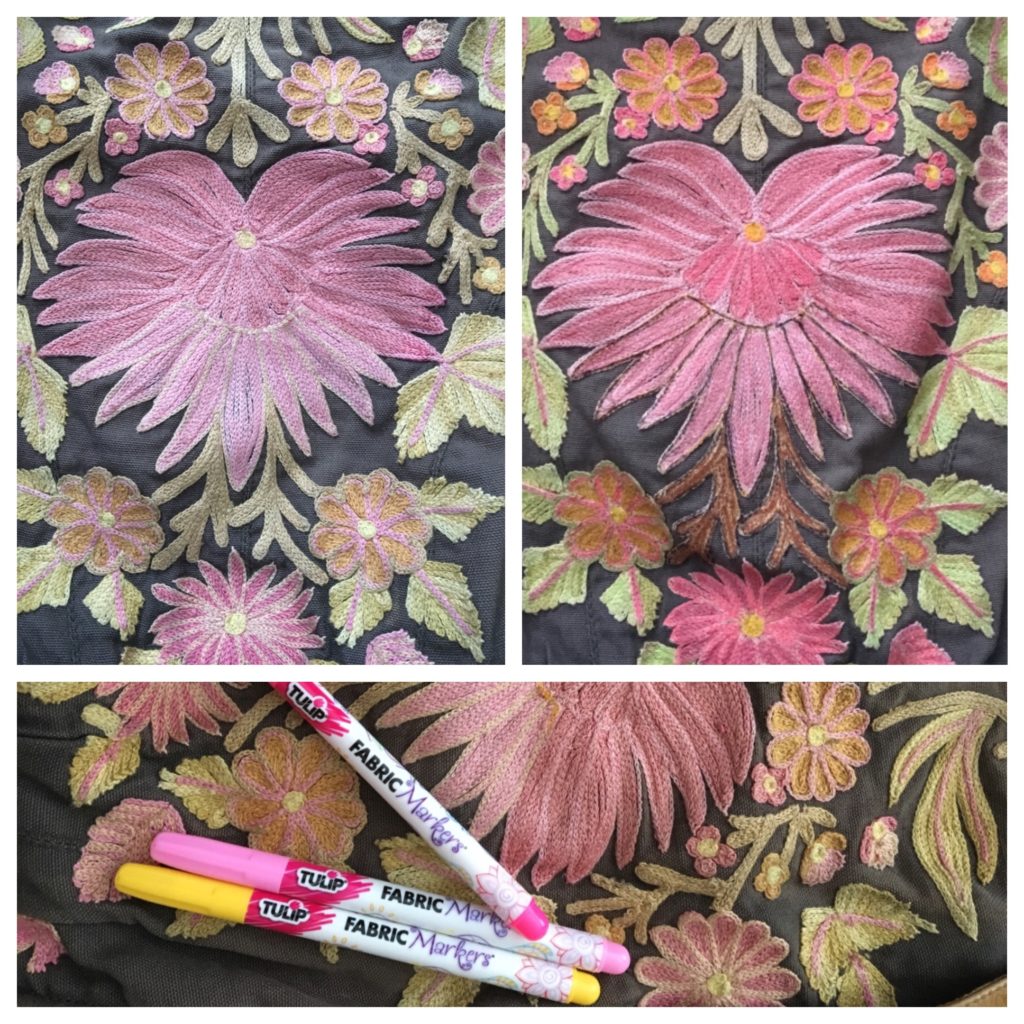
The result is okay but the fabric markers were kinda garbage, in my opinion. Maybe my expectations were too high; I don’t know. I found them prone to bleeding/transfer (all over my hands) and the colours were only so-so. If your in the market for some fabric pens, I would look around for a better-reviewed brand.
Lastly, I worked on the rip. First, I sewed it shut. My stitching looked rough, but I didn’t care because, as you will see, I had a plan to cover it all up.
I knew that I had no way of replicating the embroidery on the bag, and any remotely similar patch I might be able to find would look to shiny and new next to the faded original. So I decided to go the opposite route; rather than match, I went with something that totally … didn’t. If you’re wondering, yes, I was inspired by the Japanese art of visible mending.
Over the years, one of my hobbies has been beading. I have a bazillion projects, of varying sizes and in varying degrees of completion, stashed away in a box, waiting for a purpose. I dug through the box, and found a small “patch” that was about the right size and slapped it over the rip “scar”. Like so:
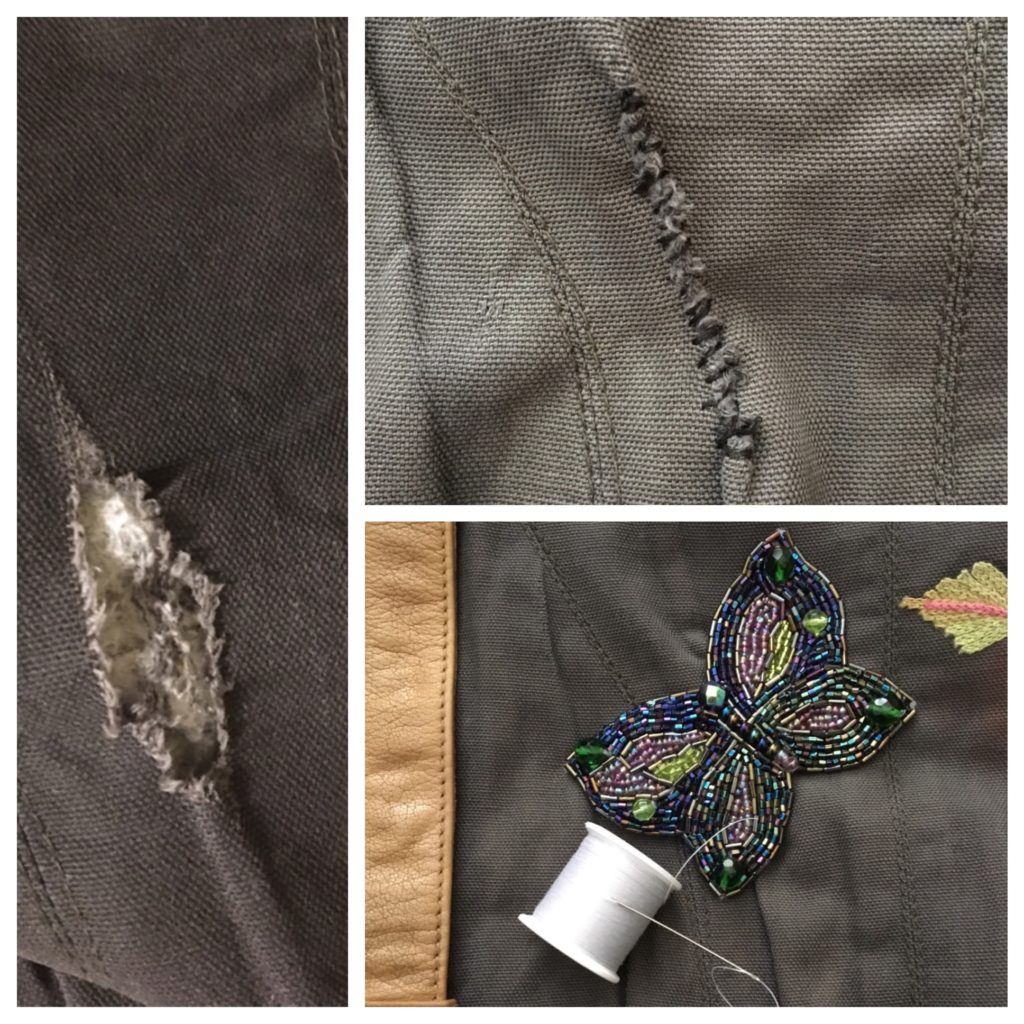
And that was it! Cleaned up and rehabbed, my bag looked like this:


